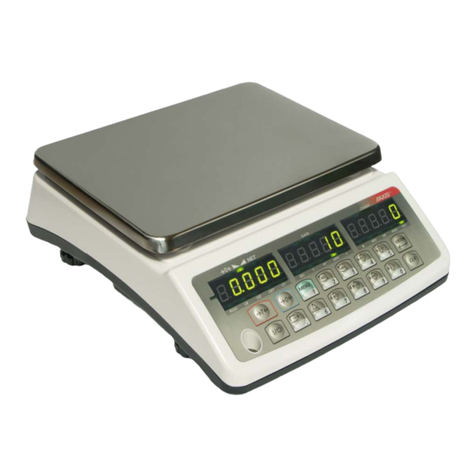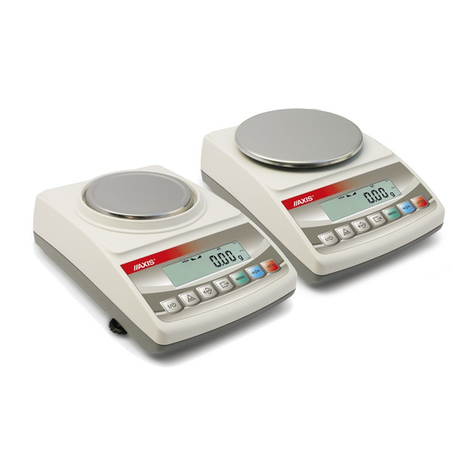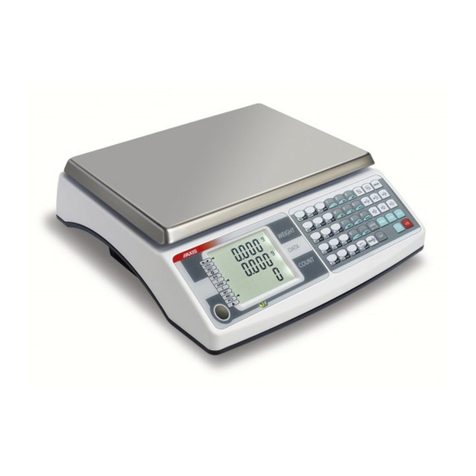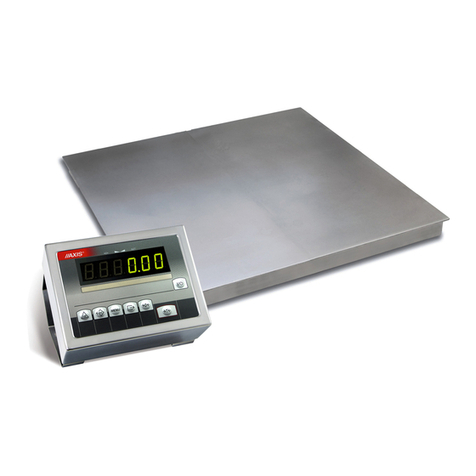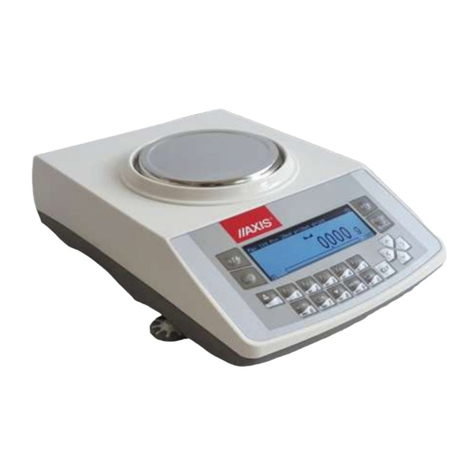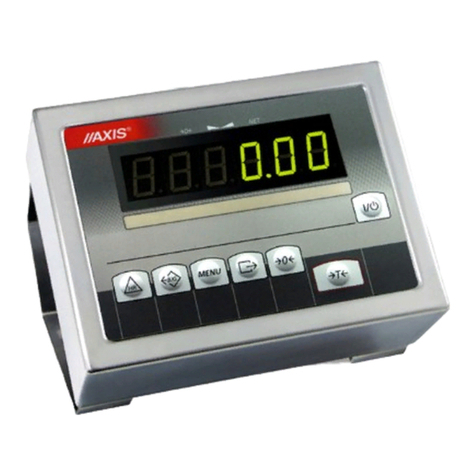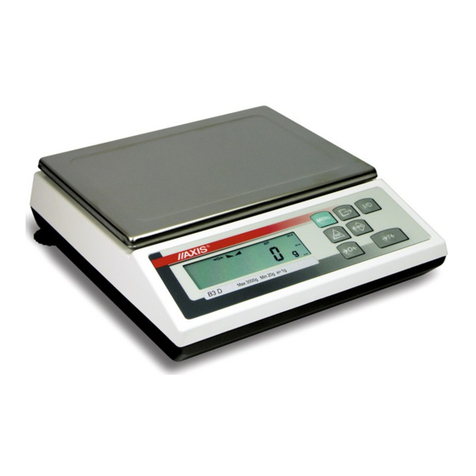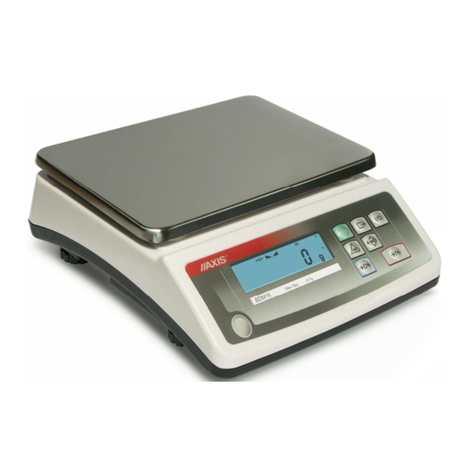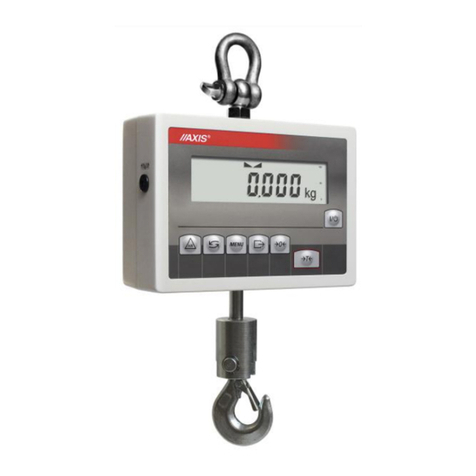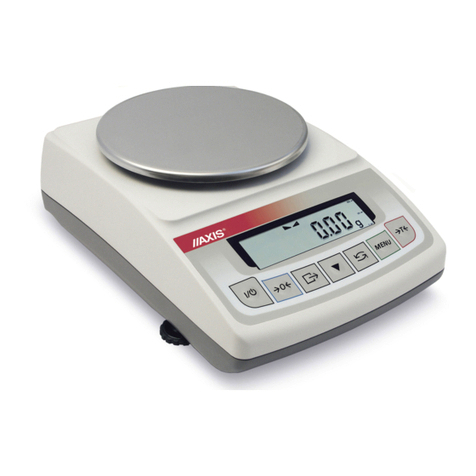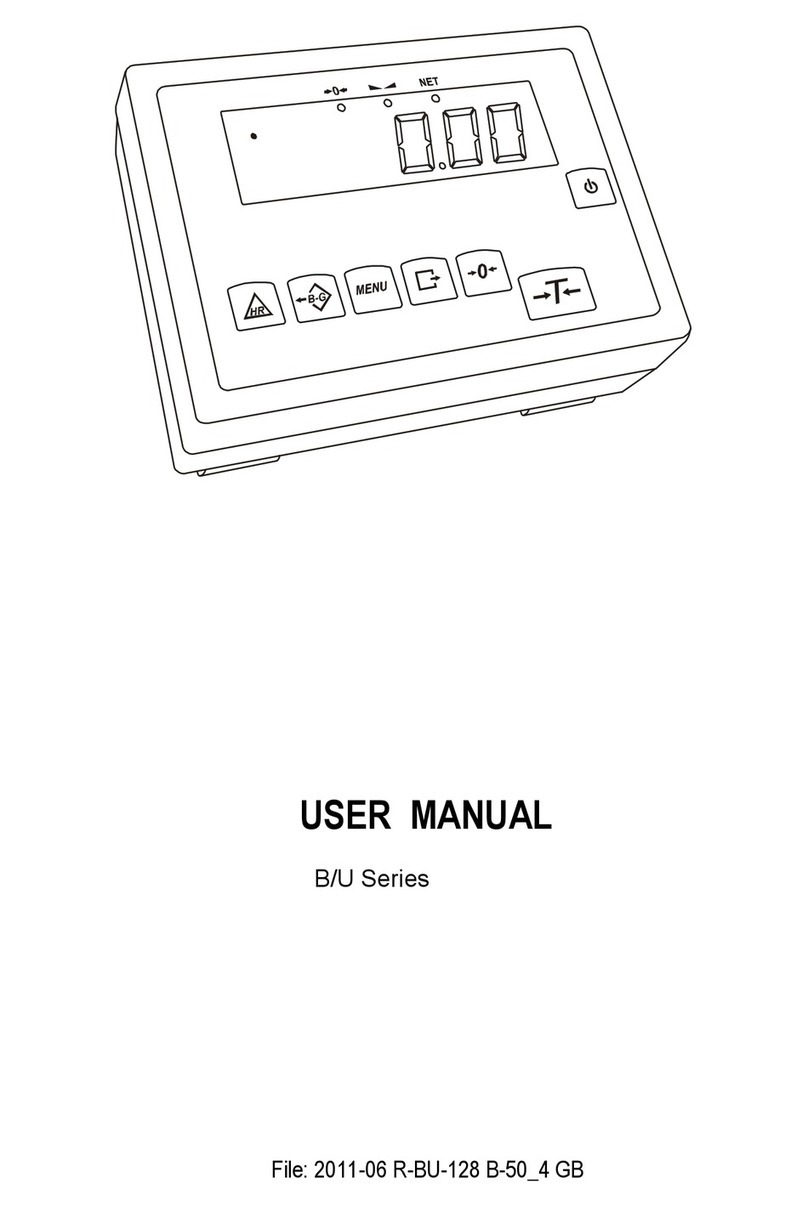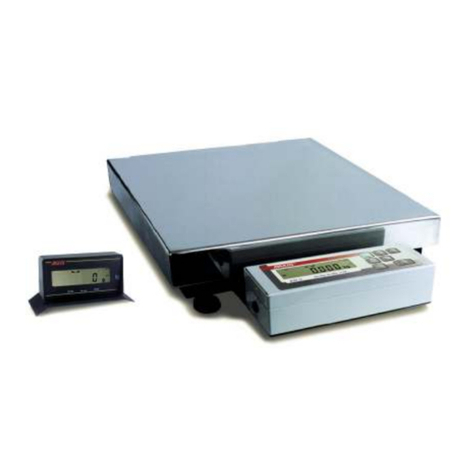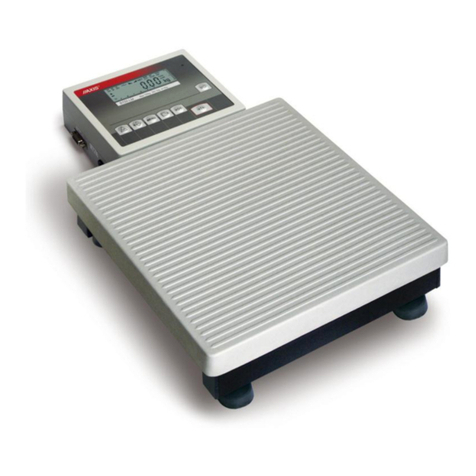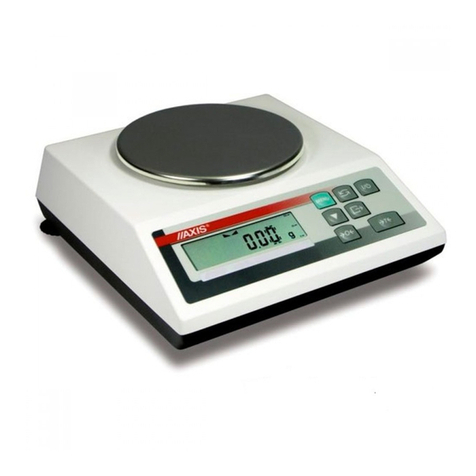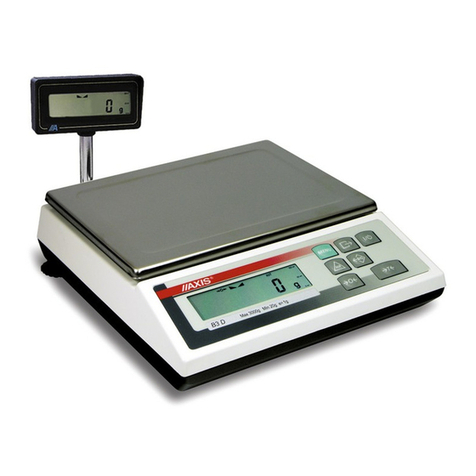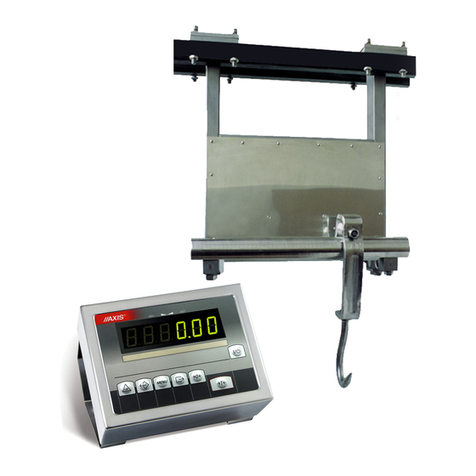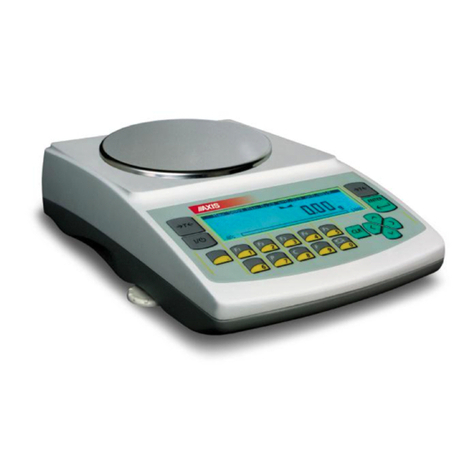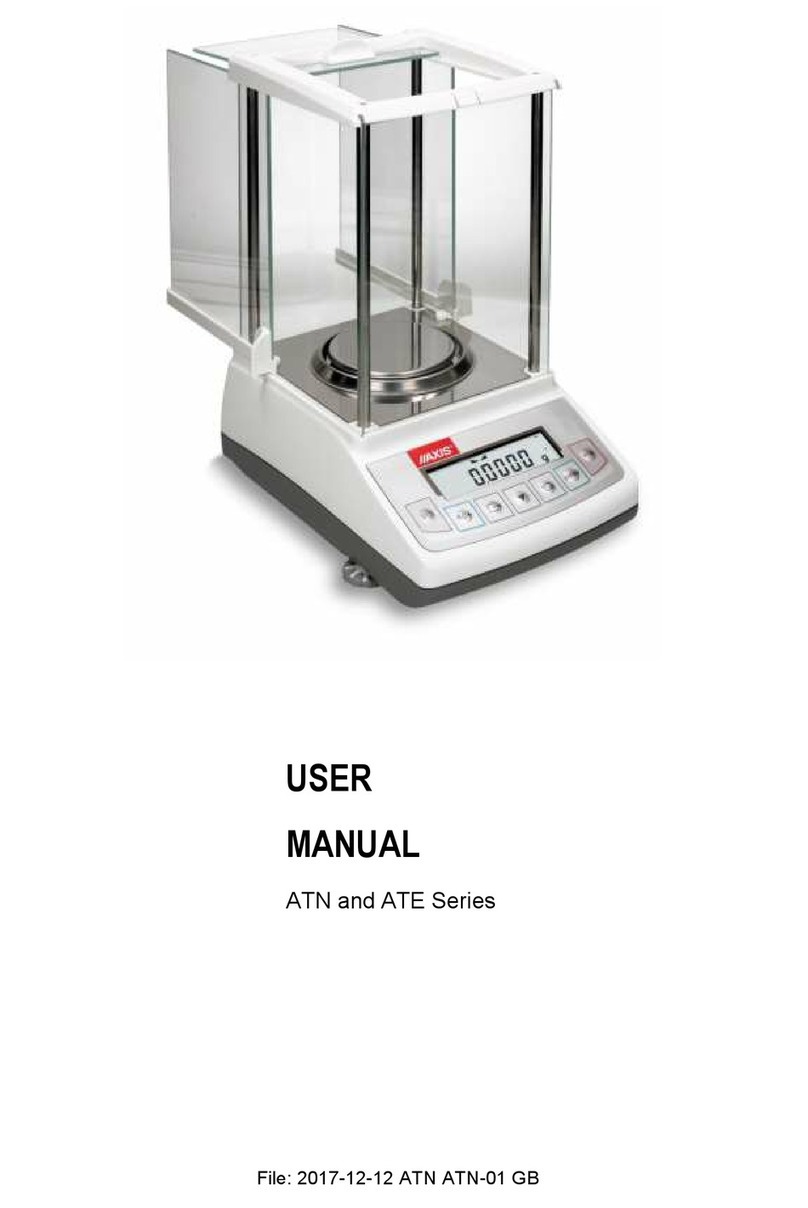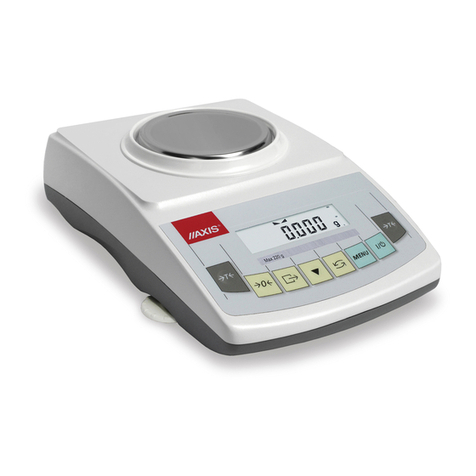
2USER MANUAL
____________________________________________________________________________________________________________________
Contents:
1. General description .................................................................................................................................................................. 3
2. Set .................................................................................................................................................................................... 3
3. Safety rules .............................................................................................................................................................................. 4
4. Technical data .......................................................................................................................................................................... 5
5. General balance description..................................................................................................................................................... 6
6. Keys and indicators .................................................................................................................................................................. 8
7. Preparing working environment................................................................................................................................................ 9
8. Preparing balance to work...................................................................................................................................................... 10
9. General operation principles .................................................................................................................................................. 11
10. Start-up................................................................................................................................................................................. 12
11. Internal calibration................................................................................................................................................................ 12
12. Checking the balance........................................................................................................................................................... 13
13. Connecting the balance to computer or printer .................................................................................................................... 14
14. Menu navigation ................................................................................................................................................................... 16
15. Setup .................................................................................................................................................................................. 17
15.1 Application selection –creating personalized menu................................................................................................. 18
15.2 Calibration with external weight / calibration options............................................................................................... 19
15.3 Auto-zeroing function................................................................................................................................................ 23
15.4 Unit selection ............................................................................................................................................................ 23
15.5 Interface parameters setting..................................................................................................................................... 25
15.6 Print setup................................................................................................................................................................. 26
15.7 LCD settings ............................................................................................................................................................. 28
15.8 Language selection................................................................................................................................................... 28
15.9 Setting date and time................................................................................................................................................ 29
15.10 Keyboard options...................................................................................................................................................... 29
15.11 Analog output............................................................................................................................................................ 30
15.12 Speed ....................................................................................................................................................................... 30
16. Applications .............................................................................................................................................................. 30
16.1 Product and user identification ................................................................................................................................. 32
16.2 Pieces counting ........................................................................................................................................................ 33
16.3 Unit ........................................................................................................................................................................... 34
16.4 Percentage ............................................................................................................................................................... 35
16.5 Animals weighing...................................................................................................................................................... 36
16.6 Tare setting............................................................................................................................................................... 37
16.7 Max or minimum value indication ............................................................................................................................. 38
16.8 Force indication (Newton)......................................................................................................................................... 39
16.9 Total.......................................................................................................................................................................... 40
16.10 Checkweighing function (thr) .................................................................................................................................... 41
16.11 Stats.......................................................................................................................................................................... 44
16.12 Density measurement............................................................................................................................................... 47
16.13 Recipe....................................................................................................................................................................... 51
16.14 Packing goods control (TP) ...................................................................................................................................... 52
17. Detailed information about balance communication ................................................................................................. 55
17.1 Long protocol description.......................................................................................................................................... 55
17.2 Protocol EPL description .................................................................................................................................................... 57
18. Troubleshooting and maintenance ..................................................................................................................................... 58
